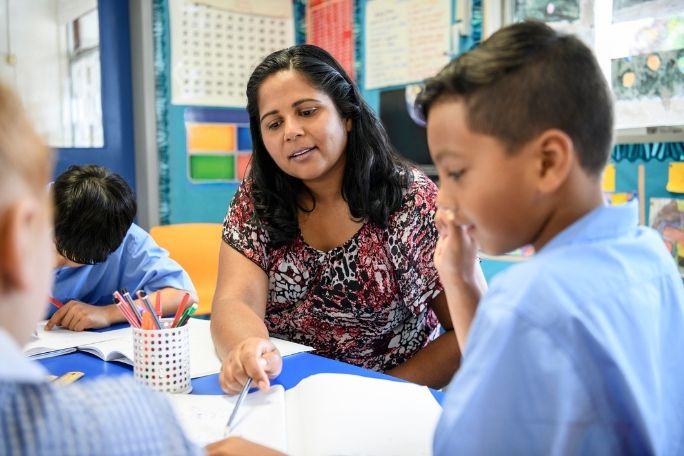Lesson summary
This lesson forms part of a Design Thinking Unit in which students identify issues relating to recycling, build an understanding of the impact that not recycling can have in their own community, work to find and prototype a solution, then take action in their community that addresses the issues they have identified. In this lesson, students will be introduced to the environmental impact of materials that aren’t recycled, and will explore how recycling can reduce these impacts. They will gather further information about attitudes and habits in this local context by planning and conducting surveys, interviews, observations and audits in their community. This planning will lead into subsequent lessons where they will gather and synthesise their findings to inform how they will take action to address the issue.
Learning intentions:
Students will...
- understand more about issues relating to waste production and management
- recognise some of the habits and practices that people have that create problems in relation to waste and recycling
Success criteria:
Students can...
- identify a range of issues that relate to waste production and recycling
- identify three habits and practices of people that create problems in relation to recycling
- suggest two ways to find out more about people’s views on recycling in the community
Lesson guides and printables
Lesson details
Curriculum mapping
To view our Australian Curriculum alignment click here
To view our NZ Curriculum alignment click here
Topic: Recycling, Sustainability.
Unit of work: Visy Education – Using Design Thinking to Solve Problems – Year 5 & 6.
Time required: 120 mins.
Level of teacher scaffolding: Medium – Tasks within this Design Thinking Unit will enable students to work independently and in groups to develop their own ideas and actions. The teacher will need to observe and monitor groups, conduct conferencing sessions when suitable and provide support when interpreting data, presenting data and planning and implementing actions.
Resources required
- Device capable of presenting a video to the class
- Design Thinking Workbook (one per student)
- Devices to access internet, view online videos and to use for word processing (at least one per three students)
- Sticky notes
- At least six sheets of butcher’s paper
- ‘How Might We’ Table (printed A3 size)
Skills
This lesson is designed to build students’ competencies in the following skills:
- Collaboration
- Communication
- Community engagement
- Critical thinking
- Empathy
- Ethical understanding
- Global citizenship
- Social skills
Additional info
This lesson has been developed in partnership with Visy. For over 70 years Visy has been committed to finding sustainable solutions for Australia and New Zealand’s recyclables and helping to reduce local landfills. Visy collects, receives and sorts paper, cardboard, glass, plastics, steel and aluminium from households, businesses and schools with the purpose of reusing these products in the re-manufacture of new packaging products.


Welcome back!
Don't have an account yet?
Log in with:
By signing up to Cool.org you consent and agree to Cool's privacy policy to
store, manage and process your personal information. To read more, please see
our privacy policy here(Opens in new tab).
Create your free Cool.org account.
Many of our resources are free, with an option to upgrade to Cool+ for premium content.
Already have an account?
Sign up with:
By signing up to Cool.org you consent and agree to Cool's privacy policy to
store, manage and process your personal information. To read more, please see
our privacy policy here(Opens in new tab).